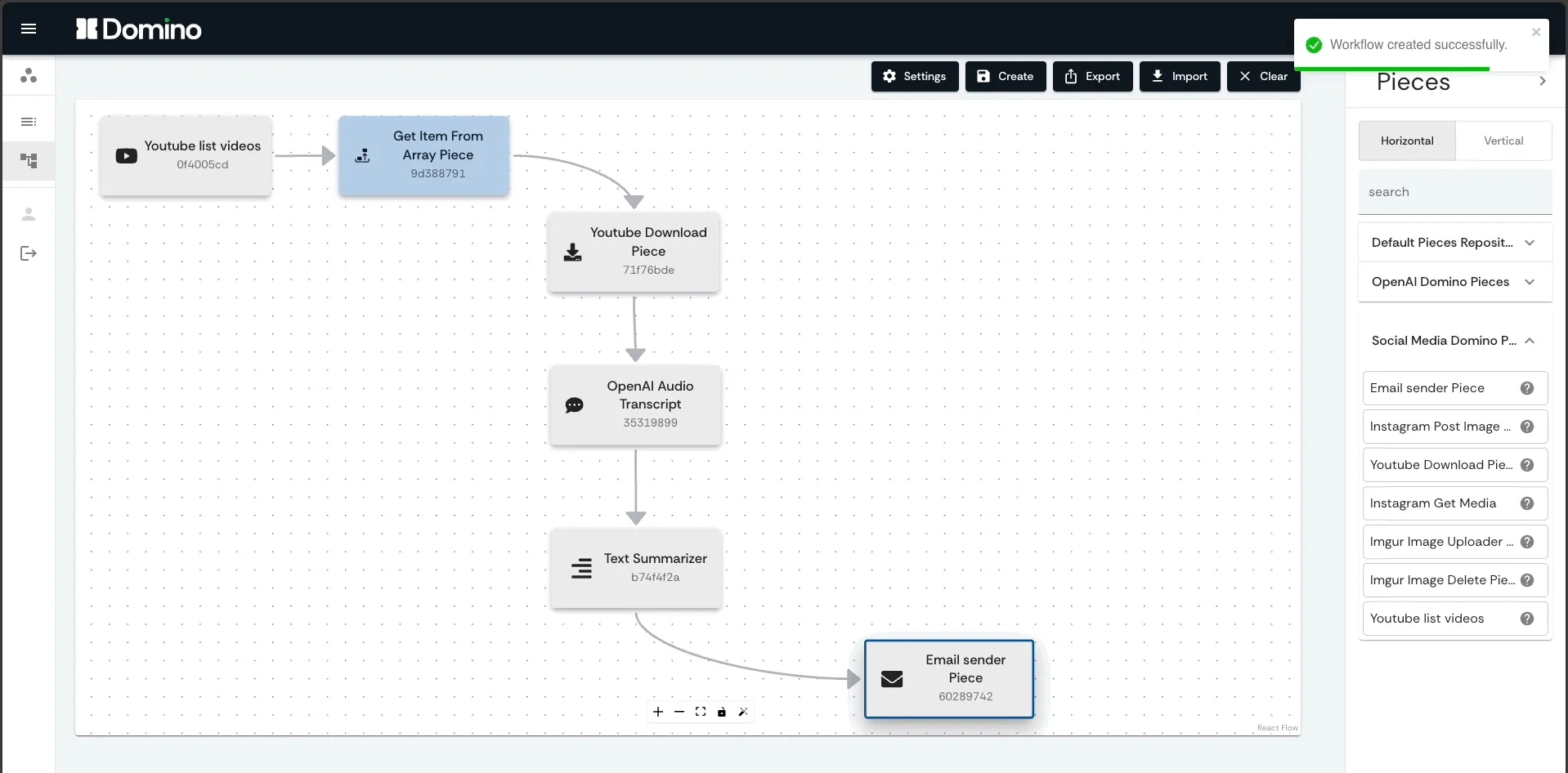AWS open source newsletter, #196
A round up of the latest open source news, projects, and events that every open source developer should know about.





- Scale AI training and inference for drug discovery through Amazon EKS and Karpenter provides a case study from Iambic Therapeutics that shows how they use Karpenter on Amazon Elastic Kubernetes Service (Amazon EKS) to scale AI training and inference [hands on]

- Open source observability for AWS Inferentia nodes within Amazon EKS clusters walks you through the Open Source Observability pattern for AWS Inferentia, which shows you how to monitor the performance of ML chips, used in an Amazon Elastic Kubernetes Service (Amazon EKS) cluster, with data plane nodes based on Amazon Elastic Compute Cloud (Amazon EC2) instances of type Inf1 and Inf2 [hands on]

- Using OPA to validate Amazon EKS Blueprint Templates explores the benefits of using OPA to scan your Amazon EKS Blueprints for Terraform as code, and how it can help you maintain a secure and compliant environment [hands on]
- Autoscaling Kubernetes workloads with KEDA using Amazon Managed Service for Prometheus metrics provides a hands on guide that shows you how to autoscale an application on Amazon EKS utilising KEDA and Amazon Managed Service for Prometheus [hands on]

- Run interactive workloads on Amazon EMR Serverless from Amazon EMR Studio looks at how to run interactive PySpark workloads in EMR Studio using EMR Serverless as the compute [hands on]
- Monitor query plans for Amazon Aurora PostgreSQLdemonstrates how you can monitor query plans to maintain optimal database performance, and discuss some key use cases of the monitoring query plan feature [hands on]
- Reduce Amazon Aurora MySQL backup costs using MySQL Shell and Amazon S3 shares how to reduce the Aurora backup cost for long retention periods by using MySQL Shell integrated with Amazon Simple Storage Service (Amazon S3) [hands on]
- How to add Open Job Description in your render pipelinedescribes show how toe use the openjd-model-for-python and openjd-sessions-for-python libraries to accept and process OpenJD jobs [hands on]
- Building a Secure GraphQL API with AWS Amplify and AWS AppSync helps you get to grips with the integration of Amazon CloudFront and AWS AppSync to enforce domain-specific access on GraphQL APIs, addressing CORS challenge [hands on]
- Amazon OpenSearch Service Under the Hood : OpenSearch Optimized Instances(OR1) dives into the OpenSearch Optimised Instance family (OR1) instances, and how it can provide high indexing throughput and durability using a new physical replication protocol, and explores some of the challenges we solved to maintain correctness and data integrity [hands on]


Any opinions in this post are those of the individual author and may not reflect the opinions of AWS.
